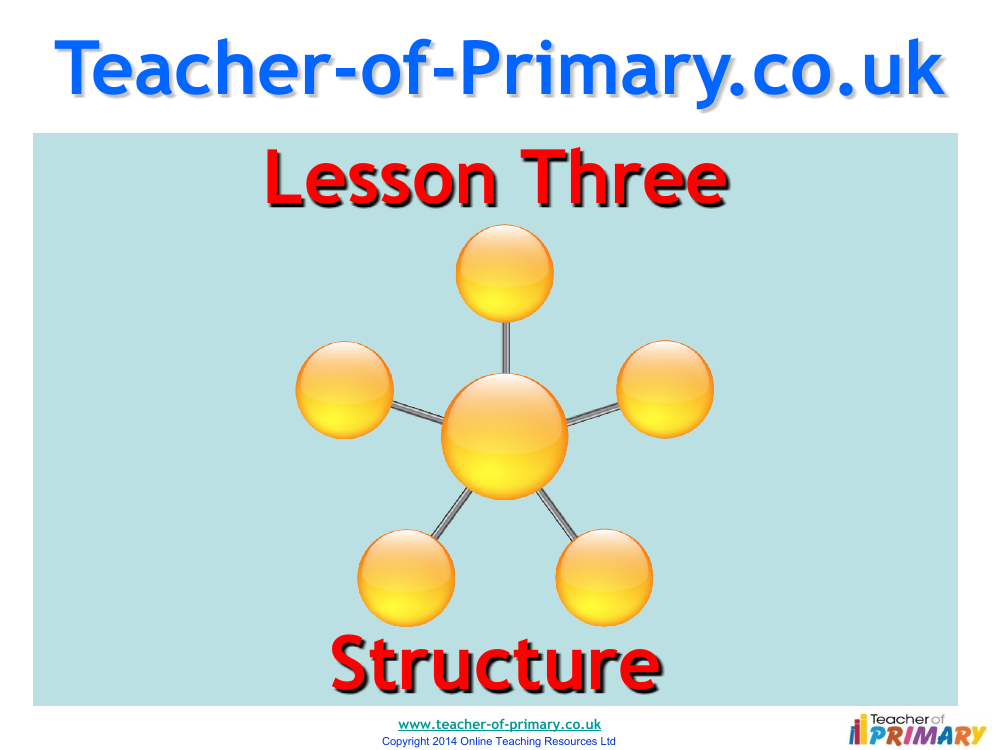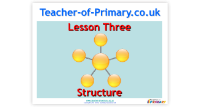Writing to Persuade - Lesson 3 - Structure PowerPoint

English Resource Description
The third lesson in a series on persuasive writing focuses on the crucial component of structure in composition. The objective is to educate students on how to successfully organise their writing. The term 'structure' often conjures images of buildings, towers, or bridges, which all share a common feature: they are constructed and organised in a specific manner. This lesson draws a parallel between these physical structures and the structure required in writing. Just as iconic buildings like Stonehenge or the Empire State Building are meticulously planned before construction, writing too requires a blueprint or plan to ensure coherence and strength.
When structuring writing, particularly persuasive texts, it's essential to consider the audience, purpose, and tone of the piece. A well-thought-out plan should outline the key points to be covered, regardless of its length. The lesson suggests a simple yet effective three-stage plan comprising an introduction, main points of persuasion, and a conclusion. This structure should present a problem, offer solutions, and conclude positively to guide the reader towards the desired action. The lesson includes an example of planning for a persuasive letter, urging students to create similar plans before they begin writing. Finally, students are encouraged to compare their plans with peers, discussing the key features of an effective plan in a plenary session.

